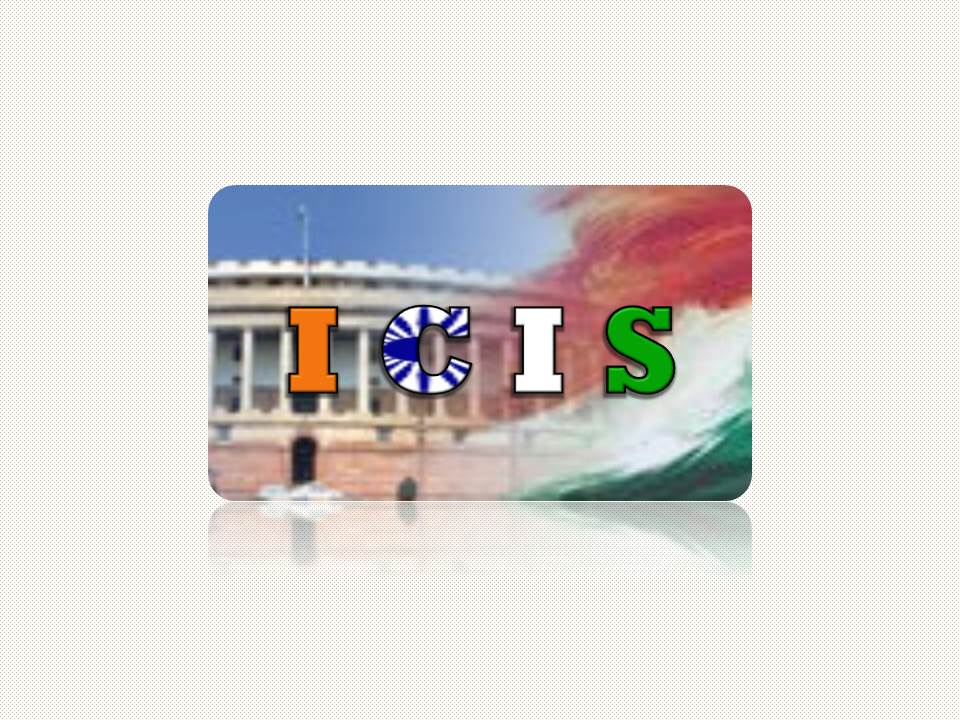NPS
Government of India established Pension Fund Regulatory and Development Authority (PFRDA)- External website that opens in a new window on 10th October, 2003 to develop and regulate pension sector in the country. The National Pension System (NPS) was launched on 1st January, 2004 with the objective of providing retirement income to all the citizens. NPS aims to institute pension reforms and to inculcate the habit of saving for retirement amongst the citizens.
Initially, NPS was introduced for the new government recruits (except armed forces). With effect from 1st May, 2009, NPS has been provided for all citizens of the country including the unorganised sector workers on voluntary basis.
Additionally, to encourage people from the unorganised sector to voluntarily save for their retirement the Central Government launched a co-contributory pension scheme, 'Swavalamban Scheme- External website that opens in a new window' in the Union Budget of 2010-11. Under Swavalamban Scheme- External website that opens in a new window, the government will contribute a sum of Rs.1,000 to each eligible NPS subscriber who contributes a minimum of Rs.1,000 and maximum Rs.12,000 per annum. This scheme is presently applicable upto F.Y.2016-17.
NPS offers following important features to help subscriber save for retirement:
- The subscriber will be allotted a unique Permanent Retirement Account Number (PRAN). This unique account number will remain the same for the rest of subscriber's life. This unique PRAN can be used from any location in India.
PRAN will provide access to two personal accounts:
- Tier I Account: This is a non-withdrawable account meant for savings for retirement.
- Tier II Account: This is simply a voluntary savings facility. The subscriber is free to withdraw savings from this account whenever subscriber wishes. No tax benefit is available on this account.
 Back To CGCA
Back To CGCA

 नियंत्रक संचार लेखा
नियंत्रक संचार लेखा










